B92 organ trade investigation continues
In tonight’s episode, B92's Reaction team uncovers new details in the probe into the alleged trade in body parts in Albania, before and after the war in Kosovo.
Thursday, 13.11.2008.
09:40

In tonight’s episode, B92's Reaction team uncovers new details in the probe into the alleged trade in body parts in Albania, before and after the war in Kosovo. Last week’s episode featured exclusive footage that the team filmed in Albania, while tonight Reaction uncovers, for the first time, what was written in a UNMIK report on the case. B92 organ trade investigation continues The report, which is still not available to the public, was drawn up four years ago when UNMIK and Hague Tribunal investigators visited the infamous “yellow house“ described by former Hague Chief Prosecutor Carla Del Ponte in her book as the place where a number of non-Albanians from Kosovo had their organs harvested for sale on the black market. UNMIK and Hague investigators spent two days at a house near Burrel in central Albania in February 2004 that fitted Del Ponte’s description. After the investigation, UNMIK compiled a report, whose existence only came to light recently. The Reaction team was able to obtain a copy, which, among other things, contains details of examinations conducted by forensic teams, and an inventory of all material evidence found in the yellow house and its vicinity. In a recent conversation with the Reaction team, local Albanian prosecutor Arben Duli, who was at the scene of the investigation, said that investigators had found only antibiotic pills. “They found two penicillin pills and some white fabric, which the house occupants said was a plastic tablecloth which, over time, had become what it had become. They didn’t find anything else. I was there,“ Duli said. However, the report states that besides antibiotics and syringes, an empty plastic container for holding equipment needed for intravenous therapy, such as for giving infusions, was discovered not far from the house, as was a medical waste disposal unit. Investigators also uncovered an empty phial of Tranxen used for sedating patients during check-ups or during intravenous anaesthesia. The list also features bits of surgical equipment, while traces of a substance believed to be blood were found on the floor of one of the rooms. The report does not state whether any further investigations were performed to establish the source of the blood, which should have been done, says Oliver Stojkovic from the Forensic Medicine Institute. “I don’t know if that blood stain they found in front of the fireplace could have been swabbed or not. If so, and it wasn’t swabbed, then the big question is why didn’t they do so in order to perform further analyses,“ he wonders. “If, quite simply, it was not possible to take a swab, then this should have been noted in the report, just for the investigator to justify his not performing what is considered to be fundamental practice at a crime scene,“ says Stojkovic. He also notes that the investigators could have taken DNA samples from the occupants, as an Albanian prosecutor had been present, who was legally authorized to approve such a procedure. This would have cleared up any confusion surrounding the blood. Nor were the contents of the syringes tested. Ultimately, it might be the case that the investigator’s conclusion that not enough proof was found in the house to merit further investigation was accurate, but, at the same time, it would also be true to say that not everything was done to ascertain this beyond reasonable doubt, Stojkovic points out.
B92 organ trade investigation continues
The report, which is still not available to the public, was drawn up four years ago when UNMIK and Hague Tribunal investigators visited the infamous “yellow house“ described by former Hague Chief Prosecutor Carla Del Ponte in her book as the place where a number of non-Albanians from Kosovo had their organs harvested for sale on the black market.UNMIK and Hague investigators spent two days at a house near Burrel in central Albania in February 2004 that fitted Del Ponte’s description.
After the investigation, UNMIK compiled a report, whose existence only came to light recently. The Reaction team was able to obtain a copy, which, among other things, contains details of examinations conducted by forensic teams, and an inventory of all material evidence found in the yellow house and its vicinity.
In a recent conversation with the Reaction team, local Albanian prosecutor Arben Duli, who was at the scene of the investigation, said that investigators had found only antibiotic pills.
“They found two penicillin pills and some white fabric, which the house occupants said was a plastic tablecloth which, over time, had become what it had become. They didn’t find anything else. I was there,“ Duli said.
However, the report states that besides antibiotics and syringes, an empty plastic container for holding equipment needed for intravenous therapy, such as for giving infusions, was discovered not far from the house, as was a medical waste disposal unit.
Investigators also uncovered an empty phial of Tranxen used for sedating patients during check-ups or during intravenous anaesthesia.
The list also features bits of surgical equipment, while traces of a substance believed to be blood were found on the floor of one of the rooms.
The report does not state whether any further investigations were performed to establish the source of the blood, which should have been done, says Oliver Stojković from the Forensic Medicine Institute.
“I don’t know if that blood stain they found in front of the fireplace could have been swabbed or not. If so, and it wasn’t swabbed, then the big question is why didn’t they do so in order to perform further analyses,“ he wonders.
“If, quite simply, it was not possible to take a swab, then this should have been noted in the report, just for the investigator to justify his not performing what is considered to be fundamental practice at a crime scene,“ says Stojković.
He also notes that the investigators could have taken DNA samples from the occupants, as an Albanian prosecutor had been present, who was legally authorized to approve such a procedure.
This would have cleared up any confusion surrounding the blood. Nor were the contents of the syringes tested.
Ultimately, it might be the case that the investigator’s conclusion that not enough proof was found in the house to merit further investigation was accurate, but, at the same time, it would also be true to say that not everything was done to ascertain this beyond reasonable doubt, Stojković points out.



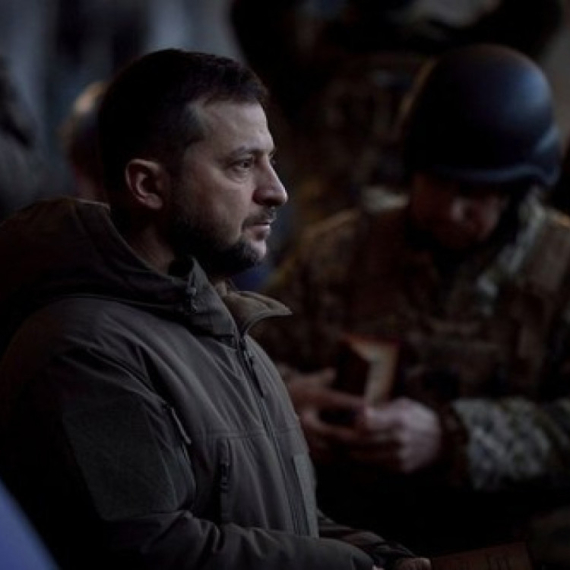
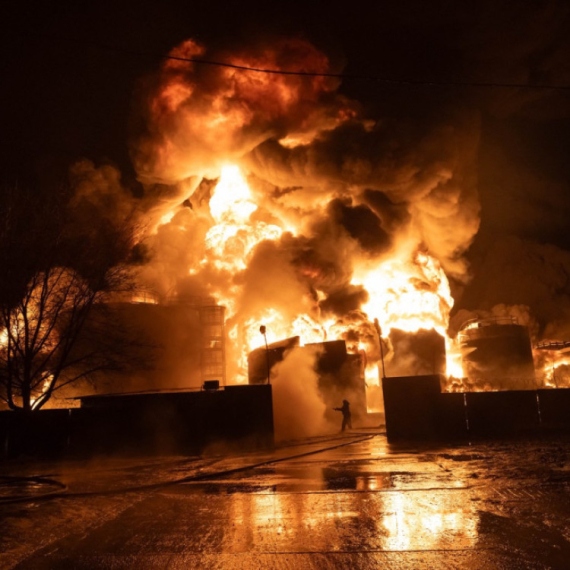

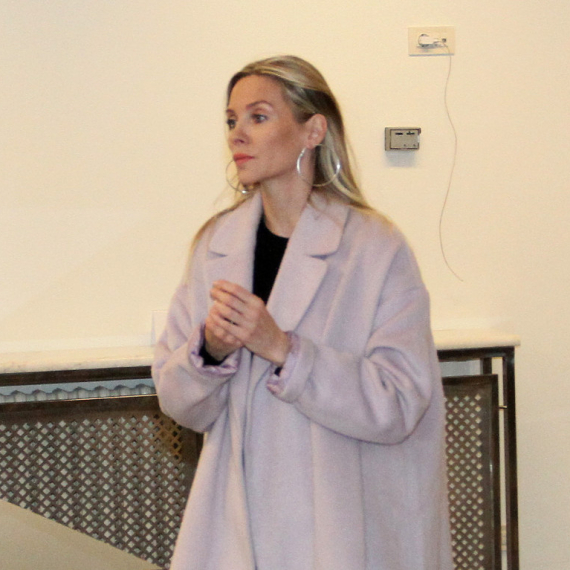



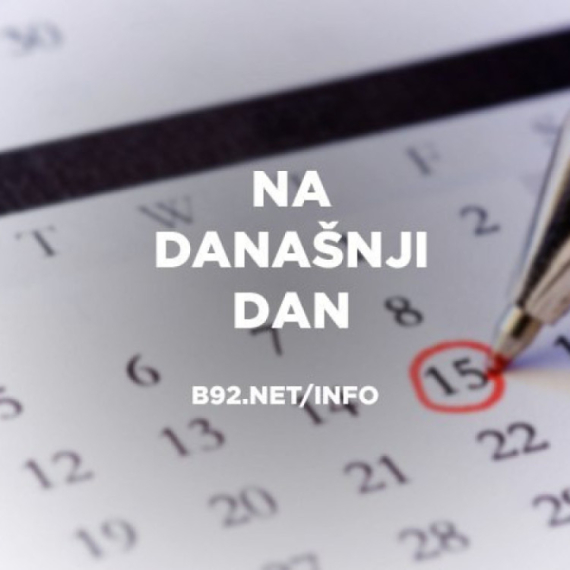
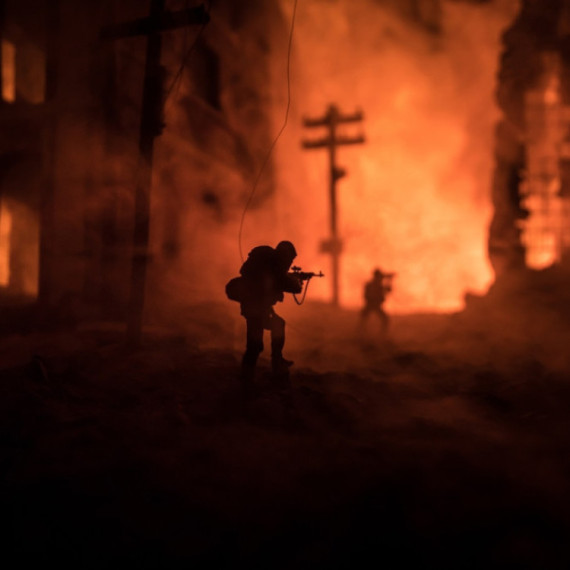
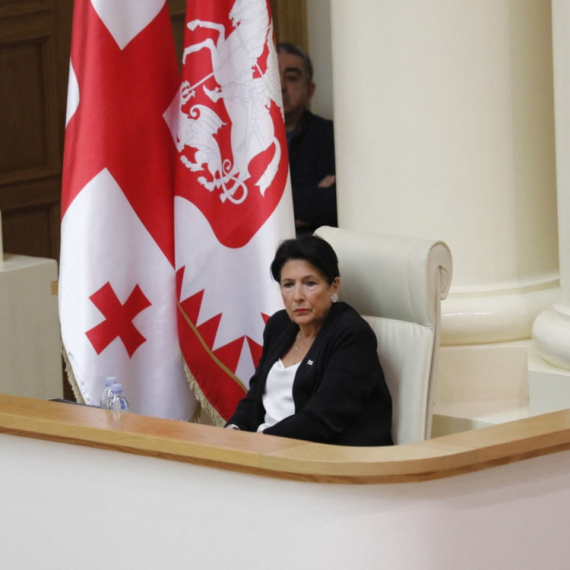


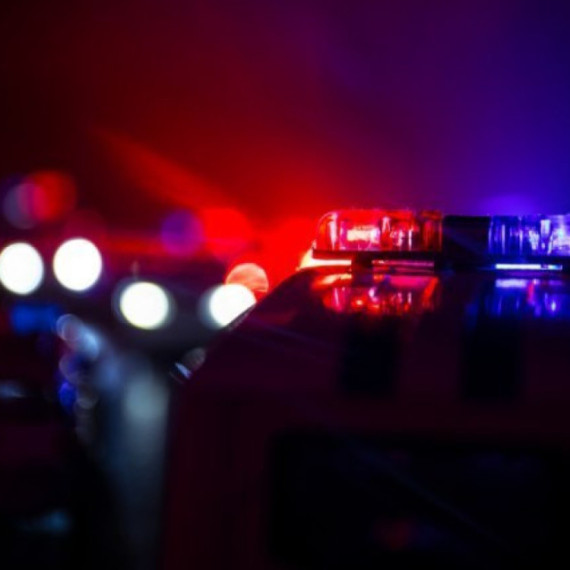

Komentari 9
Pogledaj komentare